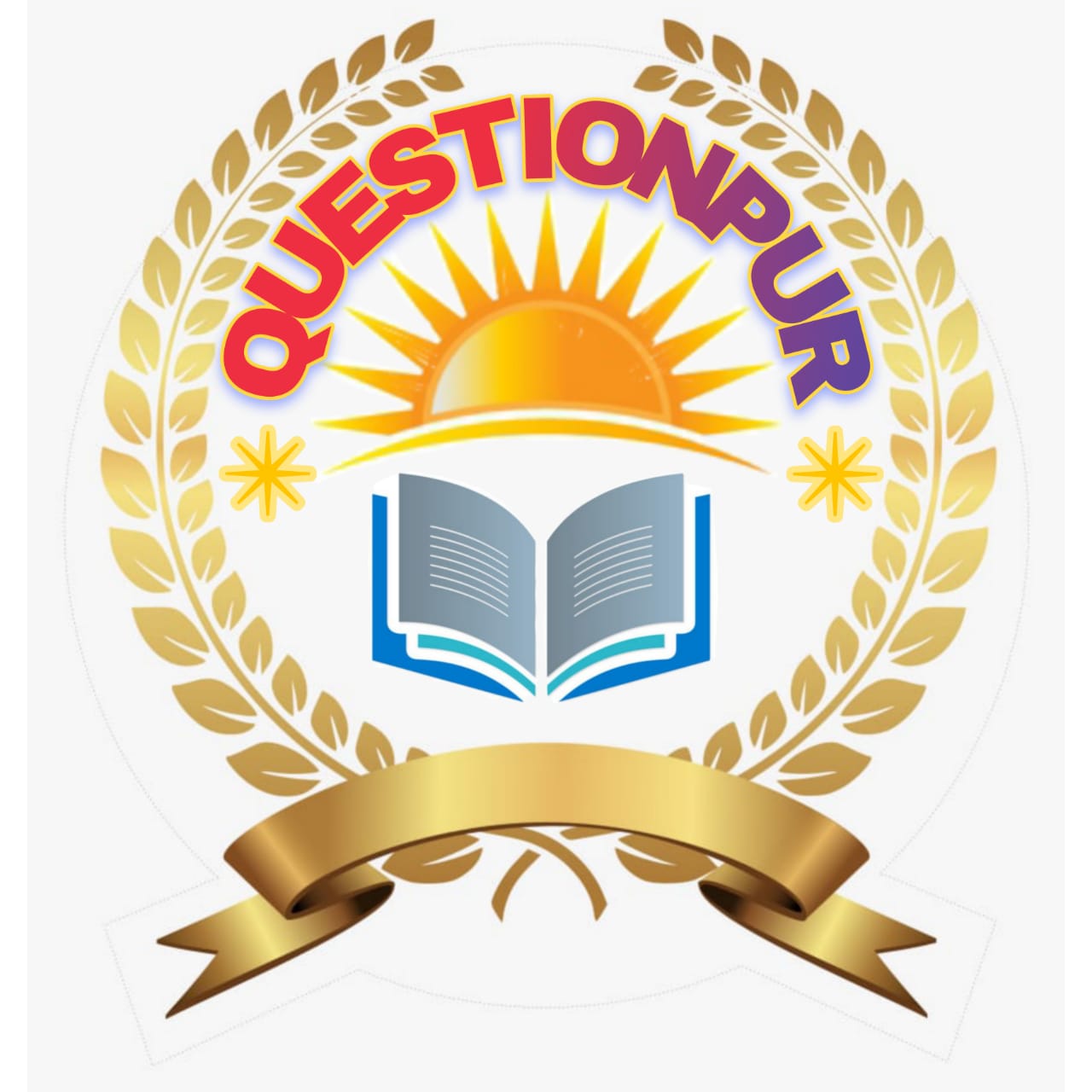What do you Know Grammar method, tell its merits and demerits
The translation cum grammar method has been found in practice since the days of the arrival of the British. It is common in the countries where a language is taught as a second language with the help of mother tongue or a regional language.
This method has found acceptance in the teaching of Sanskrit, English and other languages. Storm, a German scholar, stresses the significance of the translation-cum-grammar method in the following words, "It is not till one can translate the word that one has complete mastery over it, so that one not only understands it, but also can use it."
According to him, mastery over words can be gained by the comprehension of foreign phraseology which the translation readily offers. This comprehension tends to assimilate the foreign phraseology resulting in its usage.
In this method, the words, phrases, idioms and sentences are taught with the help of examples in the mother tongue. It is more or less a verbatim translation from the mother tongue to the target language and vice versa. The reason for adopting this method was that a foreign language can be taught with the help of translation, and secondly, that grammar is the soul of a language.
As such, translation-cum-grammar method puts emphasis on enrichment of vocabulary so as to undertake word-to-word translation; hence, the une of a language becomes a 'word' in place of a 'sentence'. Under this method grammar takes a deductive form and the linguistic scope of English is reduced to reading and writing, to the exclusion of speech and loud reading to a great extent.
What a student does is to read and translate. The set rules of grammar are thrust upon the students who have no way out but to mug them up. Understanding is a far-flung realm for them. Champion has stated succinctly, "Under the translation-cum-grammar method, the meaning of English words phrases and sentence Tislau Hot by means of word-for-word translation into the mother tongue' The translation-cum-grammar method has been in vogue for a long time. It has its own merits which can be. described as under:
1- A judicious use of the translation-cum-grammar method helps the students understand vocabulary effectively. It avoids vagueness as the pupils search for the equivalent meanings in their mother tongue.
2. The classes in India are usually overcrowded, and this method is adequate in this situation.
3. It helps develop the ability to translate for the student.
4. This method is an effective way of testing the comprehension of any material aids.
6. It is economical, effective and saves time.
7. It helps in better understanding.
8. This method is effective in explaining the distinction between the structures of sentences in the two languages.
9. Bhatia rightly comments, "Translation is effective in explaining those English words which represent either concrete objects not at hand or quality and action when the latter two cannot be clearly demonstrated." Thus this method can be applied in every situation.
10. This method is based on the maxim 'from known to unknown. The children are introduced to a foreign language when they have sufficient background of their mother tongue with some vocabulary and are able to understand sentences and phrases in the mother tongue in translation, they have only to find an equivalent word in their native language. The same principle applies when learning the grammar of a foreign language.
It would be pertinent to say at this stage that judicious use of the mother tongue should be allowed in the teaching of a foreign language which English is, because there are expressions, words and phrases which are difficult to explain without taking recourse to the mother tongue Moreover, English-to-English explanation becomes quite difficult and trade because of the limited vocabulary and grasp of the students.
Demerit of Grammar Method
Because of the following demerits, the translation-cum-grammar method is gradually becoming obsolete:
1. There is a difference of thought in the translation method, because while the teacher is explaining the thoughts and central ideas in the mother tongue using words from English the pupil is again busy thinking in the mother tongue, translating his ideas into English, and mostly failing in his endeavour.
2. It may be known that silent reading is the best way of comprehending a text; and there are few opportunities available to the pupils to undertake this.
3. English is a language in which combination of certain words, such as verbs with prepositions, give out entirely different meanings than can be understood from simple translation of the words involved.
4. This method takes off with grammar which forms its essential part. The role of grammar in understanding a language can be central and justified to a grown up mind).
5. Language comes into being as a result of complicated geographical situation, climate, nature, society, their habits, standard of living and conduct, and a myriad of other factors put together
6. As far as practice of a language is concerned, it completely neglects the speech factor.
7. As has been pointed out before/the unit of teaching in this method is word, and not sentence which should be the case.
8. The greatest enemy of a translation is its verbatim or literal translation which kills the beauty of the original text.
We can conclude that the translation method does not create a bond between English and its learner, and also between thought and expression. Children think in their mother tongue and continue to translate them into English, failing in their attempt. Moreover, grammar should succeed in teaching English, examples and understanding the text as a whole should come first. Teaching grammar at first amounts to putting the cart before the horse.
Read More-





